The art of facade installation: aesthetic meets function
The facade of a building is much more than just an exterior wall. It is the face that a building presents to the world, encapsulating its identity, character, and the first impression it imparts to onlookers. But beyond aesthetics, facades play a crucial role in the structural integrity, energy efficiency, and indoor comfort of a building. They are the barrier between the interior and the external environment, shielding occupants from weather elements while also contributing to the building's overall sustainability.
When it comes to facade installation, the challenge lies in striking the perfect balance between aesthetic appeal and functional performance. A well-designed facade should not only be visually pleasing but also serve as a protective shell, optimizing energy consumption and enhancing the building's durability. This delicate balance is where the art of facade installation truly shines, blending design with cutting-edge technology to create facades that are both beautiful and smart.
The Process of Facade Installation
The process of facade installation begins with a meticulous design phase where architects and designers collaborate to select materials that align with the building's architectural vision and performance requirements. Material selection is influenced by factors such as climate, building use, and desired aesthetic. From brick and stone to glass and composite materials, the choices are vast, each offering unique benefits and challenges.
Structural integrity is paramount in facade installation. Engineers must ensure that the facade can withstand local weather conditions, seismic activity, and other environmental stresses. Safety measures, including fire resistance and load-bearing capacity, are rigorously tested to comply with building codes and standards. The installation process itself must be carried out with precision and care to avoid any future structural issues.
Installing a facade is a complex task that requires skilled professionals and the right techniques. Whether it's attaching curtain walls, mounting exterior insulation and finish systems (EIFS), or applying rainscreen cladding, each method has its own set of best practices. Professionals must be adept at handling the specific tools and equipment necessary for each type of installation to ensure a seamless and secure fit.
Materials and Innovations in Facade Design
The evolution of facade materials has been significant, with modern advancements offering new possibilities for design and functionality. Traditional materials like wood and stone have given way to engineered products like fiber cement and high-performance glass, which provide improved durability and energy efficiency. The choice of materials can dramatically affect the building's overall performance and lifespan.
Today's facades are increasingly designed with sustainability in mind. Energy-efficient materials and systems, such as insulated glazing units and photovoltaic panels, are being integrated into facades to reduce the building's carbon footprint and operational costs. These sustainable solutions not only benefit the environment but also offer long-term economic advantages for property owners.
The field of facade engineering is continually evolving, with technology playing a significant role in the development of smarter, more adaptive facades. Innovations like dynamic glazing, which can change its properties based on external conditions, and digital fabrication techniques, which allow for complex geometric designs, are pushing the boundaries of what's possible in facade construction.
Maintaining the Integrity of Your Facade
To ensure the longevity and performance of a facade, regular inspection and maintenance are essential. This includes cleaning, checking for damage, and making necessary repairs. A well-maintained facade not only looks better but also performs better, preventing issues such as water infiltration and thermal inefficiencies.
When facades begin to show signs of wear and tear, it's important to have a strategy in place for repair and restoration. This might involve patching up minor damages, replacing components, or in some cases, undertaking a complete facade retrofit. Timely interventions can extend the life of the facade and prevent more serious structural problems down the line.
Choosing the Right Partner for Your Facade Installation
Selecting the right contractor for facade installation is critical. You need a partner with the expertise and experience to handle your project's specific requirements. A company that stays abreast of the latest industry trends and standards will ensure that your facade is not only aesthetically pleasing but also compliant and functional.
Every building is unique, and so should be its facade. A reputable facade installation partner will work closely with clients to provide custom solutions that meet their individual needs. Through collaboration, clients can be assured that their vision for the building's exterior will be realized, with attention to detail and craftsmanship.


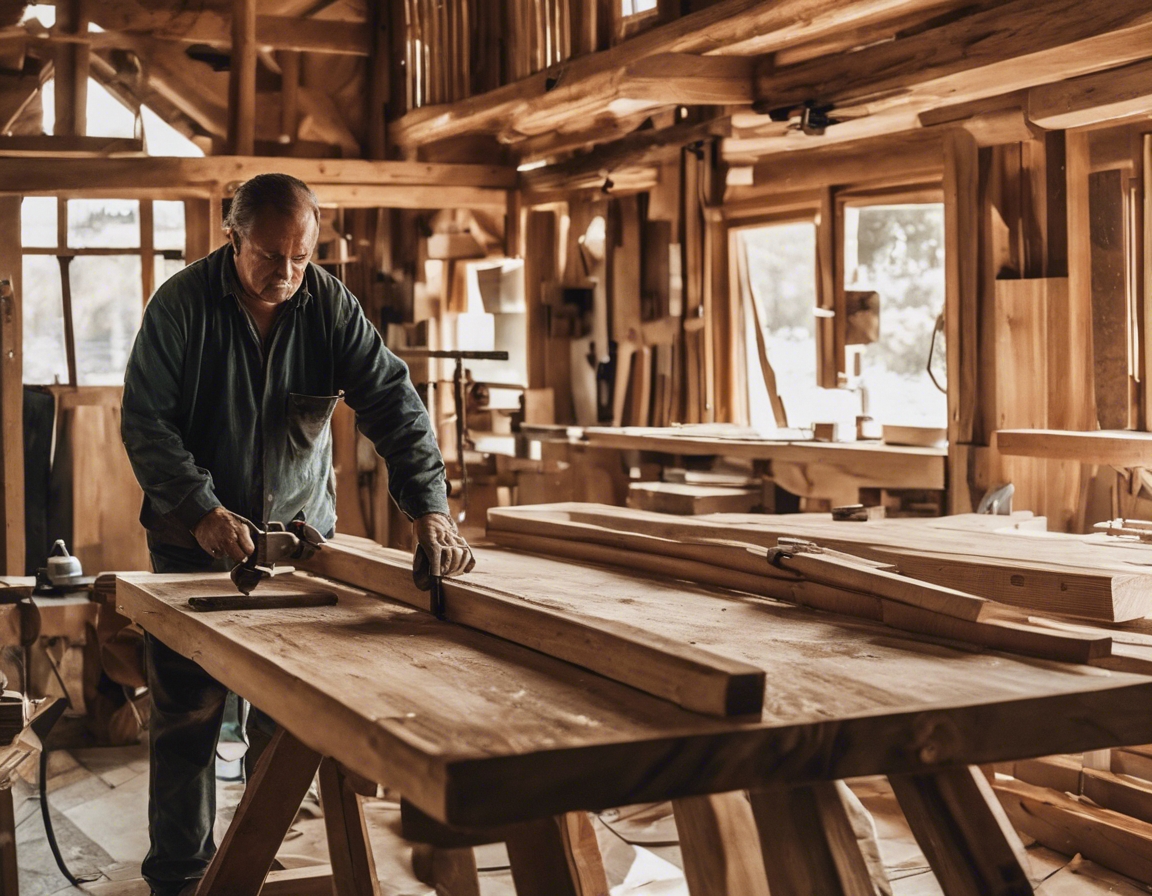

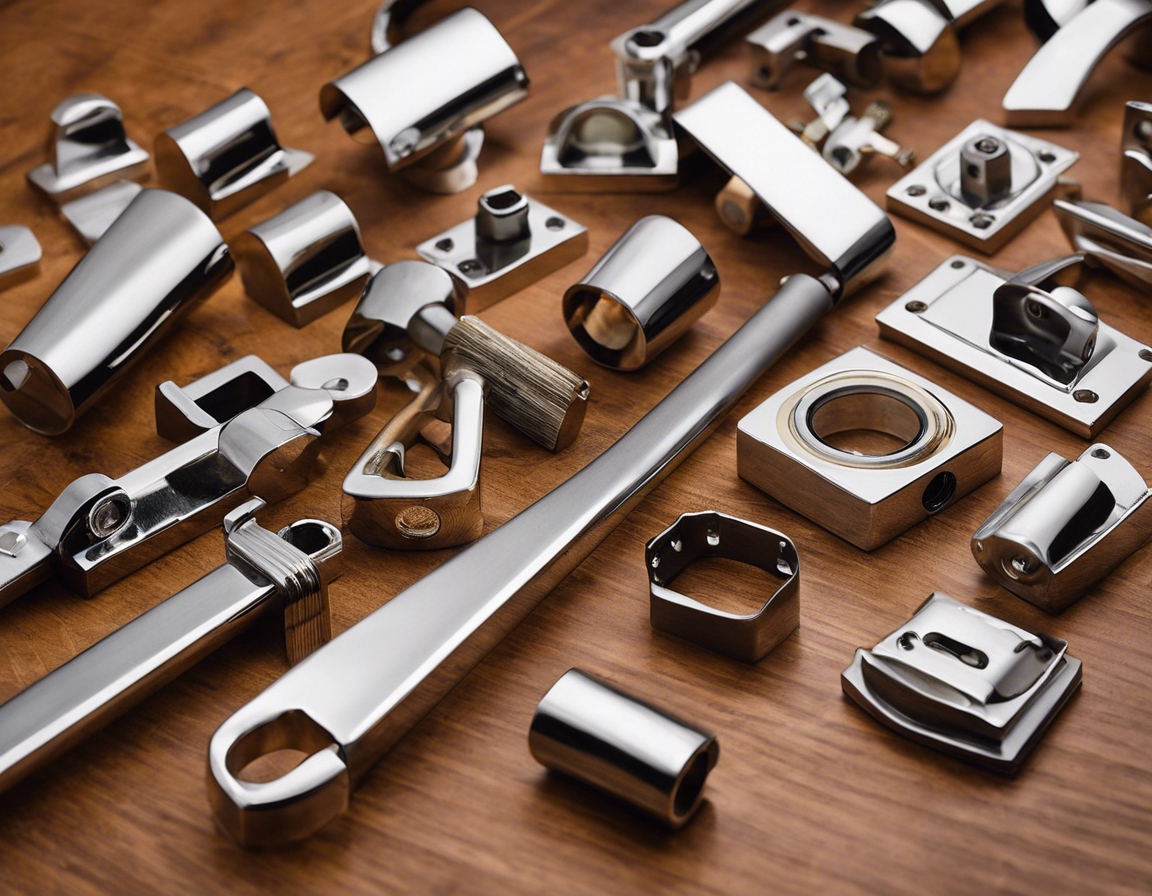
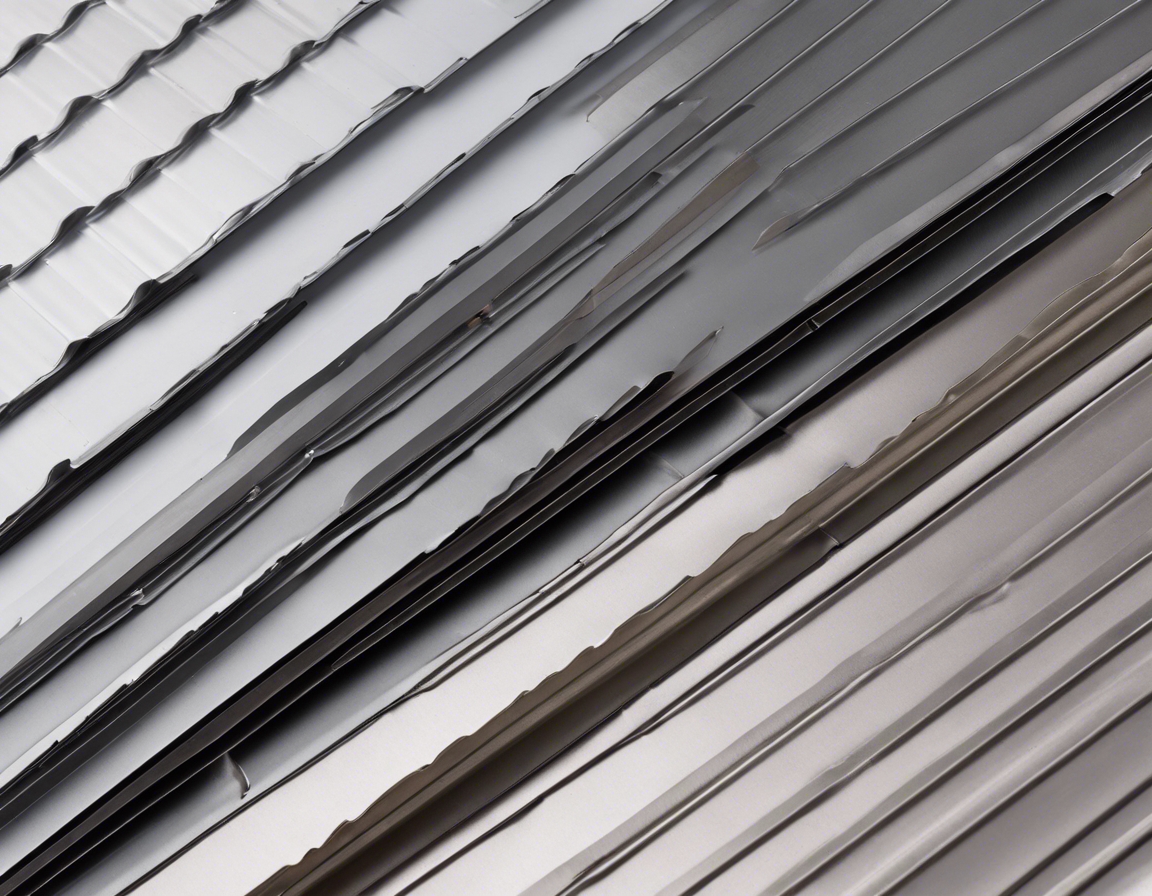
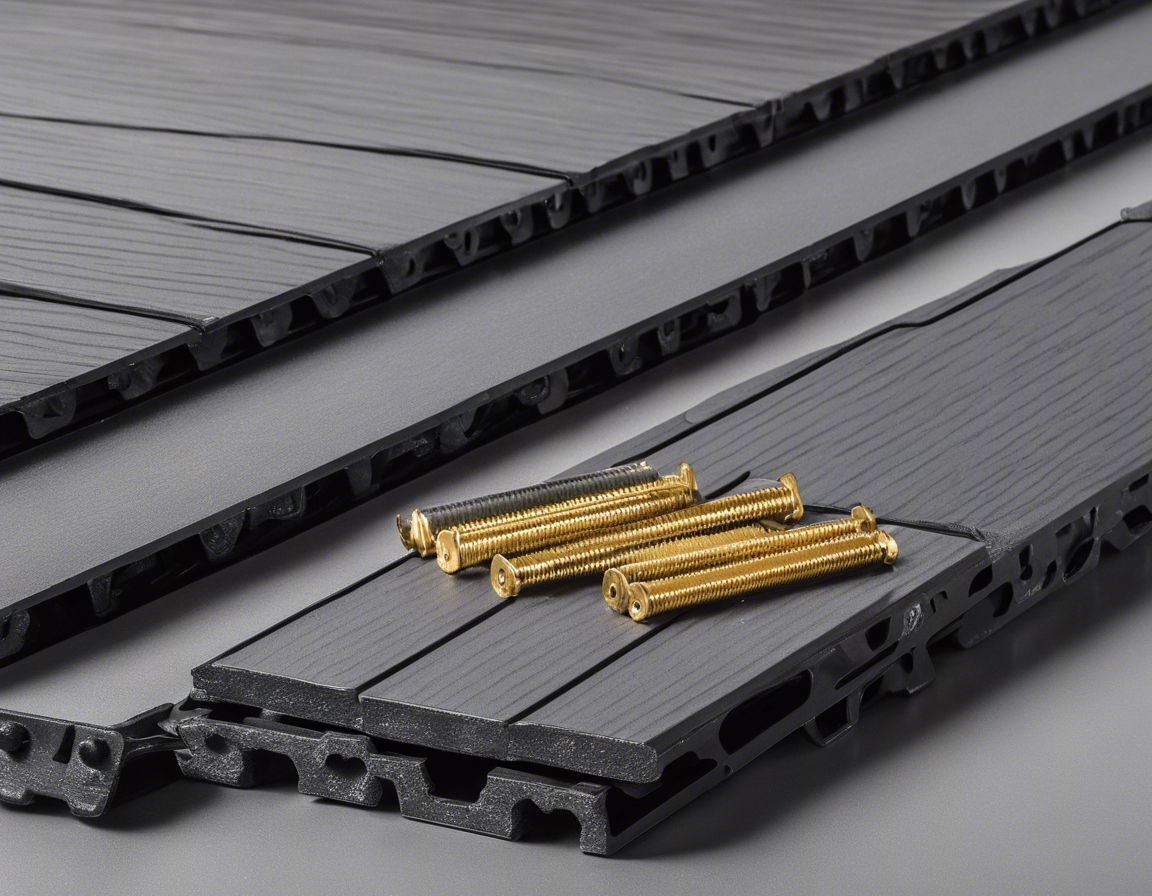
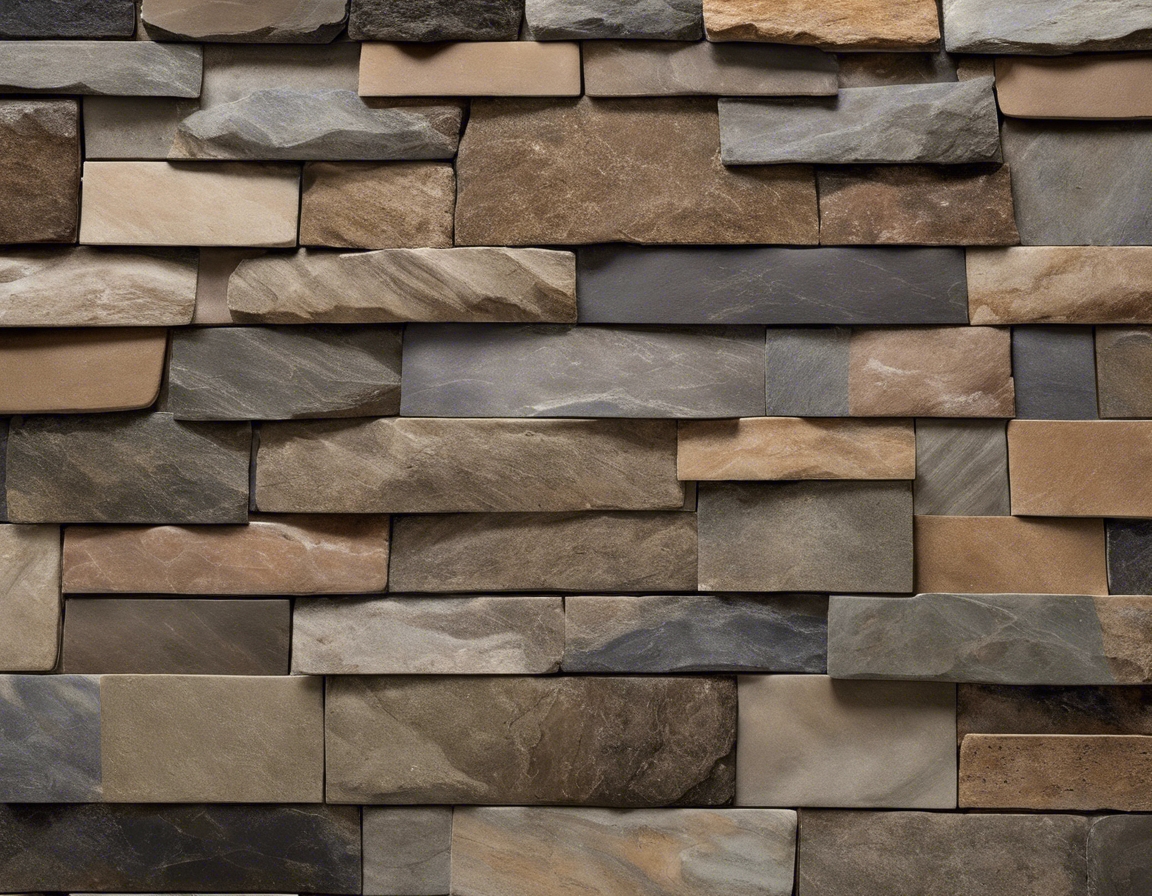
Comments (0)